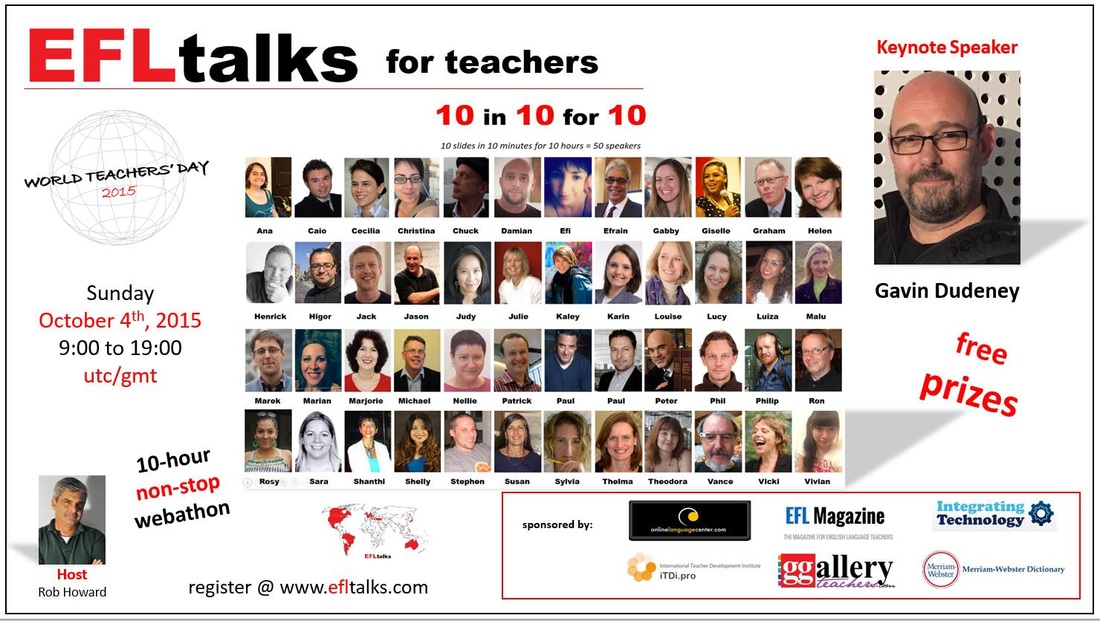|
Repetitive NURSERY RHYMES with their easy rhythmic tunes and well-known NURSERY TALES lend themselves to SINGING and ACTING: two activities which children love doing!! Many years ago I ADAPTED three NURSERY TALES in increasing difficulty to RECYCLE the most important LANGUAGE we had learnt during the school year. Children loved it and parents enjoyed watching their children's progress. HAVING FUN was another key element to making sure they learnt EXPRESSIONS IN A MEANINGFUL CONTEXT. NURSERY RHYMES can also be ACTED OUT whilst they are being SUNG to consolidate their meaning and enable children to pronounce somewhat complicated sentences to PAVE THEIR WAY TO FLUENCY... CINDERELLA is the third and last in order of difficulty of the three to download with the pronunciation guide as well to help children practise alone at home. (See previous posts dated 9th July 2015 for the easier LITTLE RED RIDING HOOD or the medium difficulty GOLDILOCKS dated 31st August 2015). In those days children had no other way of practising autonomously. Nowadays I prefer to RECORD AUDIOS of the pronunciations for them TO LISTEN TO REPEATEDLY all collected in a Dropbox folder for easy access. Try these out! Hope you have fun with it! Susan
0 Comments
Children will listen in awe if you read them a captivating story using plenty of expression! The illustrations help comprehension even though I must admit that when I read a story to young learners of English, I read and translate it orally sentence by sentence as I’m going along – recording it for them to listen to again and again. This exception to my rule of never translating is to incentivate children to be patient and hear the story out until the end. Some of the children I teach are still toddlers and until about the age of 10 I feel they need this support. I try to explain the meaning from age 11 upwards rather than translating. In today’s age of technology where everything is ‘consumed’ at full speed or immediately abandoned at the first waning of interest, books start losing their appeal early on in life and so people miss out on so much in the wonderful world of books where your imagination may wander…. Translating for younger children also allows us to enjoy a little more complicated stories rather than limiting ourselves to the few simpler books.
Children’s books have the most wonderful illustrations and so, occasionally, I take a picture and separate the different parts of it together with my students so we can describe the individual details and appreciate their artistic beauty. My students love them. I then laminate these individual parts of the picture and we play games with them to learn the vocabulary and expressions. The most popular and effective game for learning the vocabulary and expressions is ‘Snap’, whereby I say each word or expression as they turn the cards to connect the visual aid with the sound of the word for the younger ones and to teach the pronunciation of the written word to the older ones. After a few games I try to get them to say the words instead. This activity of looking at the illustrations in detail proves to be very popular with my students who then enjoy looking at the details in the illustrations of their own reading books at home. Hope you like this idea! Susan
Many certifications, beginning with the Cambridge English: Young Learners STARTERS /MOVERS / FLYERS exams for primary school children, require students to describe pictures in varying detail depending on their level and to understand listening pieces in order to carry out tasks demonstrating their comprehension. Therefore practising these skills intensely together will give the students the confidence to face these exams from a very young age.
I have tried describing these pictures with chants where I sing a piece and they repeat it like an echo. To make it more fun I have them search for what we are singing and see if they can find it before their friends. This makes them not only practise fluency but also verify their comprehension.
Subsequently – when the chant has been repeated numerous times over a period of time (a few days) – students can be asked to describe the picture with their own words. Inevitably they will use the right collocations and vocabulary. For older students one might try making a gap-fill with the text to see if they remember the right prepositions or collocations. For this purpose I am also adding the Word document to modify as you feel necessary. Children could, in groups, describe one aspect of another picture and then all the class puts the various sentences together into a chant to sing together. All the materials and audio are provided below for you to download. If you have any other ideas of how one could exploit the materials please comment below. Hope you have fun using them! Susan
Children and youngsters thrive when there is structure in their life: so starting and ending lessons in a familiar way rounds them off. Particularly at the beginning of the school year and for various months following I like to start off lessons with songs and chants which introduce and revise the date, weather, time and seasons. These introductory chants are not only meant to be sung repetitively but are meant to introduce the various topics: when we speak of the date we possibly look for and stick up the corresponding day, date and month on the board. (I have laminated sticky-backed ‘signs’ to substitute day by day – see picture). As for the weather, once we have imitated the various kinds of weather with gestures during the chant, I have various cards which they can in turn hold up asking their friends, “Is it sunny?”, “No, it’s not / Yes, it is,” until they can also stick the appropriate weather card on the board. We practise saying different times and seasons according to whim and so all these activities consolidate their knowledge of dates, cardinal and ordinal numbers, years and times – numbers in a foreign language being a notable hurdle even for adults. The end of the lesson is usually rounded off singing a few expressions to tidy up and wish a nice time until our next appointment. These are useful expressions which can also be used in everyday life. So below you have the scripts and audios to all these chants to download. Hope you have fun using them! Susan
|
Categories
All
Would you like regular English learning & teaching ideas? Subscribe to my blog so you don't miss a post!
AuthorMy name is Susan Brodar, born in London into a multilingual family and brought up bilingual English / Italian. Archives
December 2018
|
||||||||||||||||||||||||||||||||||||||||||||||||||||||||||||||||||||||||||||||||||||||||||||||||||||||||||||||||||||||||||||||||||||||||||||

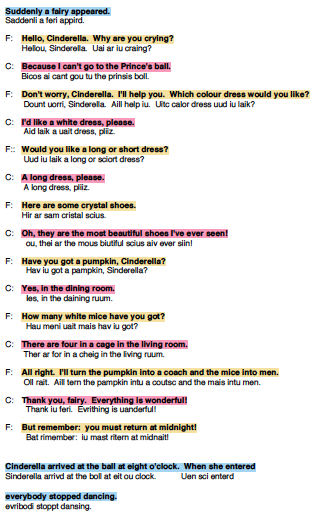
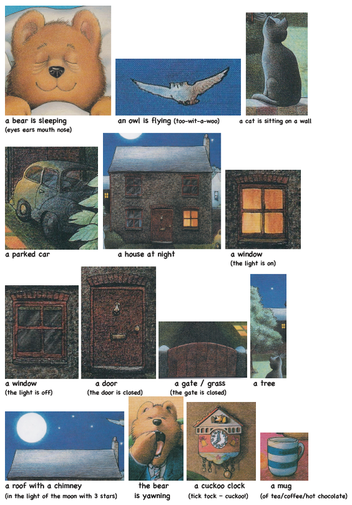

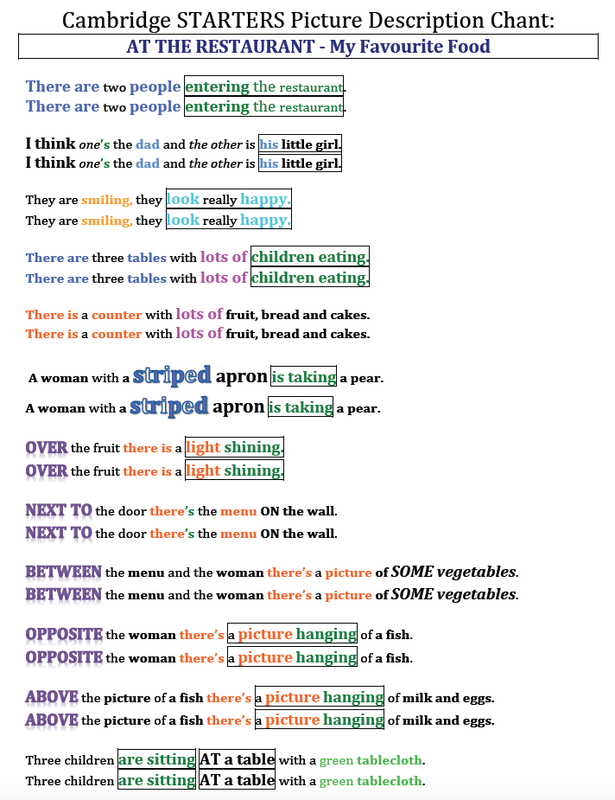




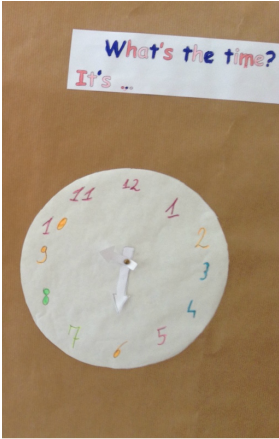



 RSS Feed
RSS Feed
